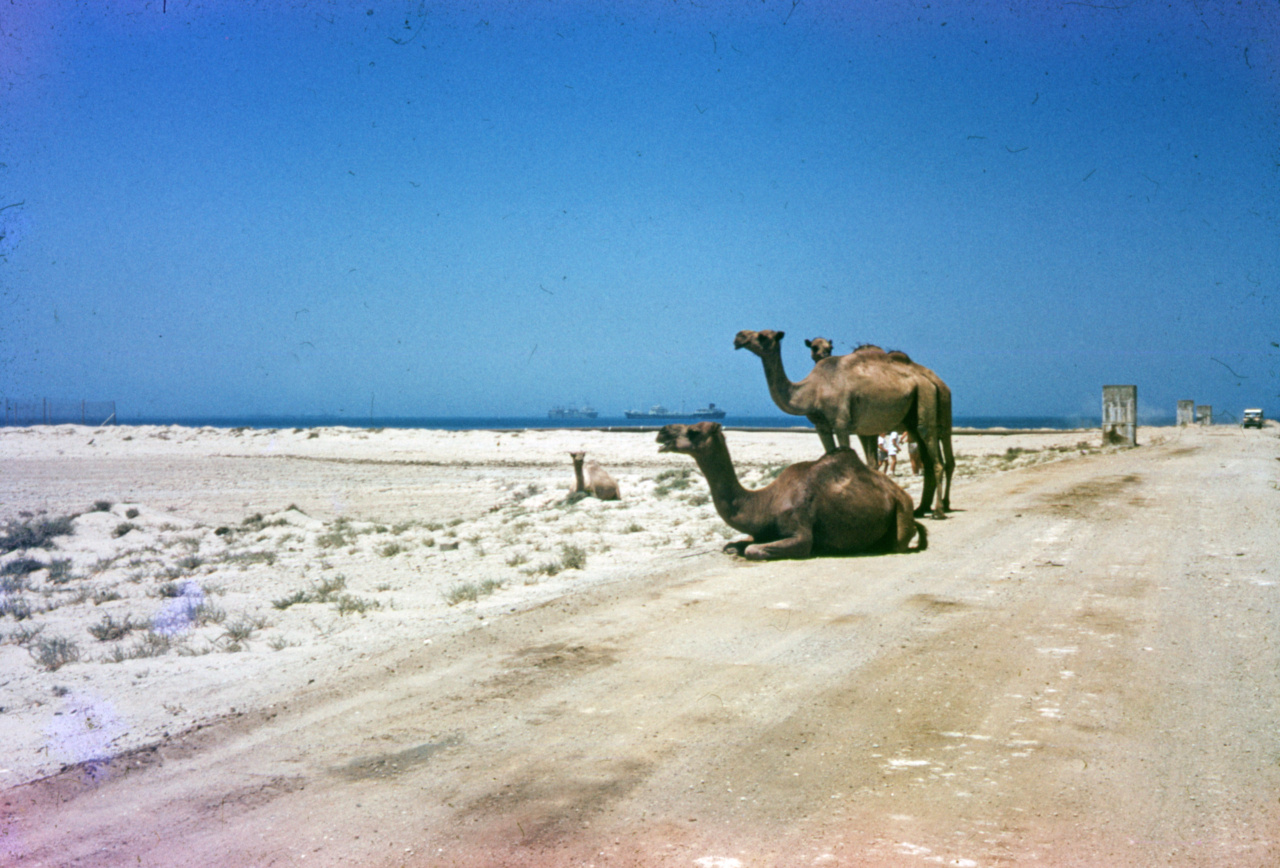Saudi Arabia has been grappling with a serious outbreak of Middle East Respiratory Syndrome (MERS) since it was first identified in the country in 2012.
MERS is a highly contagious viral respiratory illness that is caused by the MERS coronavirus (MERS-CoV). Over the years, the outbreaks have become more frequent and severe, leading researchers and health officials to search for the source of the disease to better understand how to prevent its spread.
The link between camels and MERS
Scientists have been investigating the possibility that camels may be responsible for transmitting the virus to humans.
Camels are known carriers of MERS-CoV and have been found to harbor antibodies against the virus, indicating that they have been exposed to it. Research has revealed that the genetic sequence of the virus isolated from humans closely matches that found in camels, further supporting the theory of camel-to-human transmission.
Evidence from outbreaks
Several outbreaks of MERS have been traced back to contact with camels.
In 2014, a study published in the New England Journal of Medicine reported that a majority of MERS cases in the Arabian Peninsula could be traced back to contact with camels or camel products. This included direct contact with infected camels, consumption of raw camel milk, and even inhalation of camel-related aerosols.
In another outbreak in 2015, a group of scientists conducted a detailed investigation into the source of the virus. They found that the first known case was a man who had direct contact with sick camels before falling ill himself.
The genetic sequencing of the virus from the camels and the human cases were remarkably similar, leaving little doubt that the camels were the source of the infection.
Camel markets and trade
The close association between MERS and camels has raised concerns about camel markets and trade in Saudi Arabia and other Middle Eastern countries.
These markets provide the perfect environment for the virus to spread, as stressed and crowded animals come into close contact with humans. Many of these markets lack proper hygiene and sanitation measures, making them hotspots for transmission.
Efforts have been made to improve the conditions in camel markets and enhance screening of animals, but more needs to be done to effectively control the spread of MERS.
Some countries have implemented thorough testing and quarantine protocols for camels before they are allowed to be traded. However, monitoring and enforcement of these measures remain challenging.
Preventive measures
Educating the public about the risks associated with contact with camels and camel products is crucial in preventing the spread of MERS.
People should be made aware of the importance of washing their hands after handling camels or consuming camel milk, as well as avoiding close contact with sick animals.
Proper veterinary care and monitoring of camels is also essential. Regular screening of camels for MERS-CoV and other contagious diseases can help identify infected animals early on and prevent the spread of the virus.
Vaccination programs for camels could also be developed to further reduce the risk of transmission.
Global response
MERS is not limited to Saudi Arabia and has spread to other countries, including South Korea, which experienced a major outbreak in 2015.
Prompt international collaboration and information sharing is necessary to prevent the global spread of the disease. The World Health Organization (WHO) and other global health bodies have been working closely with affected countries to develop strategies for containment and prevention.
Improved surveillance and reporting systems are also crucial in detecting and responding to outbreaks. Early identification of cases and implementation of preventive measures can help minimize the impact of MERS on public health and the economy.
Conclusion
The evidence points to camels as a significant source of MERS transmission in Saudi Arabia.
While efforts have been made to control the spread of the disease through improved hygiene practices and screening measures, more needs to be done to effectively tackle the problem at its root. Raising awareness, implementing preventive measures, and enhancing global collaboration are essential in mitigating the impact of MERS on public health.































